Every Once And A While You Get A Glimpse Of The Person You Could Be. Grab That. Hold On To That. Work
Every once and a while you get a glimpse of the person you could be. Grab that. Hold on to that. Work for it. Nothing is out of reach.
More Posts from Ship-happenss and Others

Don’t live your life...
Build it.
A New Day a New Adventure















Credit
Obsessed with these stickers.

Free Stickers for making to 60k followers! Send self addressed stamped envelope to: WHA 559 29th st, Richmond, CA 94804, USA. http://ift.tt/2dx7k4U
8 Common Questions About Our James Webb Space Telescope
You might have heard the basics about our James Webb Space Telescope, or Webb, and still have lots more questions! Here are more advanced questions we are frequently asked. (If you want to know the basics, read this Tumblr first!)
Webb is our upcoming infrared space observatory, which will launch in 2021. It will spy the first luminous objects that formed in the universe and shed light on how galaxies evolve, how stars and planetary systems are born and how life could form on other planets.
1. Why is the mirror segmented?
The James Webb Space Telescope has a 6.5-meter (21.3-foot) diameter mirror, made from 18 individual segments. Webb needs to have an unfolding mirror because the mirror is so large that it otherwise cannot fit in the launch shroud of currently available rockets.

The mirror has to be large in order to see the faint light from the first star-forming regions and to see very small details at infrared wavelengths.

Designing, building and operating a mirror that unfolds is one of the major technological developments of Webb. Unfolding mirrors will be necessary for future missions requiring even larger mirrors, and will find application in other scientific, civil and military space missions.
2. Why are the mirrors hexagonal?
In short, the hexagonal shape allows a segmented mirror to be constructed with very small gaps, so the segments combine to form a roughly circular shape and need only three variations in size. If we had circular segments, there would be gaps between them.

Finally, we want a roughly circular overall mirror shape because that focuses the light into the most symmetric and compact region on the detectors.

An oval mirror, for example, would give images that are elongated in one direction. A square mirror would send a lot of the light out of the central region.
3. Is there a danger from micrometeoroids?
A micrometeoroid is a particle smaller than a grain of sand. Most never reach Earth’s surface because they are vaporized by the intense heat generated by the friction of passing through the atmosphere. In space, no blanket of atmosphere protects a spacecraft or a spacewalker.
Webb will be a million miles away from the Earth orbiting what we call the second Lagrange point (L2). Unlike in low Earth orbit, there is not much space debris out there that could damage the exposed mirror.

But we do expect Webb to get impacted by these very tiny micrometeoroids for the duration of the mission, and Webb is designed to accommodate for them.

All of Webb’s systems are designed to survive micrometeoroid impacts.
4. Why does the sunshield have five layers?
Webb has a giant, tennis-court sized sunshield, made of five, very thin layers of an insulating film called Kapton.
Why five? One big, thick sunshield would conduct the heat from the bottom to the top more than would a shield with five layers separated by vacuum. With five layers to the sunshield, each successive one is cooler than the one below.

The heat radiates out from between the layers, and the vacuum between the layers is a very good insulator. From studies done early in the mission development five layers were found to provide sufficient cooling. More layers would provide additional cooling, but would also mean more mass and complexity. We settled on five because it gives us enough cooling with some “margin” or a safety factor, and six or more wouldn’t return any additional benefits.
Fun fact: You could nearly boil water on the hot side of the sunshield, and it is frigid enough on the cold side to freeze nitrogen!
5. What kind of telescope is Webb?

Webb is a reflecting telescope that uses three curved mirrors. Technically, it’s called a three-mirror anastigmat.
6. What happens after launch? How long until there will be data?
We’ll give a short overview here, but check out our full FAQ for a more in-depth look.
In the first hour: About 30 minutes after liftoff, Webb will separate from the Ariane 5 launch vehicle. Shortly after this, we will talk with Webb from the ground to make sure everything is okay after its trip to space.

In the first day: About 10.5 hours after launch, Webb will pass the Moon’s orbit, nearly a quarter of the way to Lagrange Point 2 (L2).

In the first week: We begin the major deployment of Webb. This includes unfolding the sunshield and tensioning the individual membranes, deploying the secondary mirror, and deploying the primary mirror.

In the first month: As the telescope cools in the shade of the sunshield, we turn on the warm electronics and initialize the flight software. As the telescope cools to near its operating temperature, parts of it are warmed with electronic heaters. This prevents condensation as residual water trapped within some of the materials making up the observatory escapes into space.

In the second month: We will turn on and operate Webb’s Fine Guidance Sensor, NIRCam, and NIRSpec instruments.

The first NIRCam image, which will be an out-of-focus image of a crowded star field, will be used to identify each mirror segment with its image of a star in the camera. We will also focus the secondary mirror.

In the third month: We will align the primary mirror segments so that they can work together as a single optical surface. We will also turn on and operate Webb’s mid-infrared instrument (MIRI), a camera and spectrograph that views a wide spectrum of infrared light. By the end of the third month, we will be able to take the first science-quality images. Also by this time, Webb will complete its journey to its L2 orbit position.

In the fourth through the sixth month: We will complete the optimization of the telescope. We will test and calibrate all of the science instruments.
After six months: Webb will begin its science mission and start to conduct routine science operations.

7. Why not assemble it in orbit?
Various scenarios were studied, and assembling in orbit was determined to be unfeasible.
We examined the possibility of in-orbit assembly for Webb. The International Space Station does not have the capability to assemble precision optical structures. Additionally, space debris that resides around the space station could have damaged or contaminated Webb’s optics. Webb’s deployment happens far above low Earth orbit and the debris that is found there.

Finally, if the space station were used as a stopping point for the observatory, we would have needed a second rocket to launch it to its final destination at L2. The observatory would have to be designed with much more mass to withstand this “second launch,” leaving less mass for the mirrors and science instruments.
8. Who is James Webb?
This telescope is named after James E. Webb (1906–1992), our second administrator. Webb is best known for leading Apollo, a series of lunar exploration programs that landed the first humans on the Moon.

However, he also initiated a vigorous space science program that was responsible for more than 75 launches during his tenure, including America’s first interplanetary explorers.
Looking for some more in-depth FAQs? You can find them HERE.
Learn more about the James Webb Space Telescope HERE, or follow the mission on Facebook, Twitter and Instagram.
Make sure to follow us on Tumblr for your regular dose of space: http://nasa.tumblr.com.
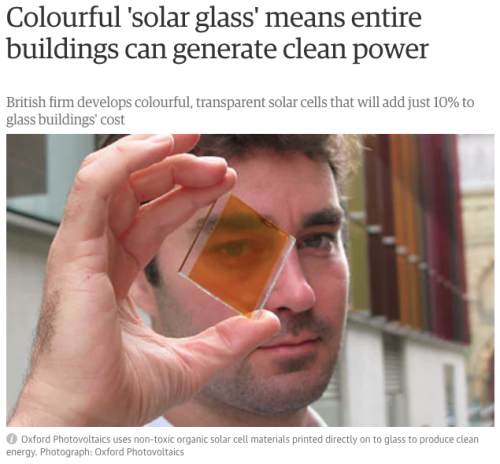
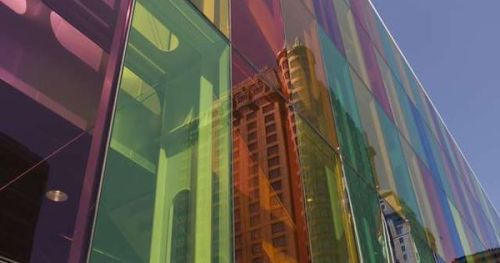
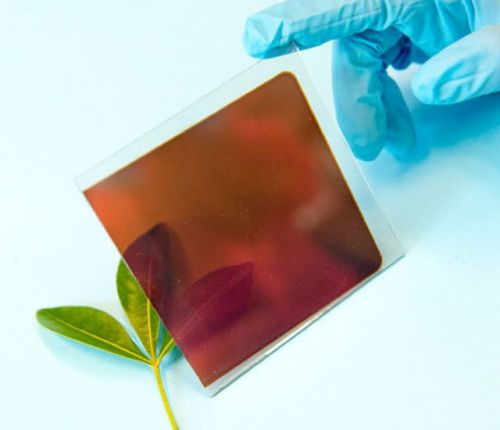
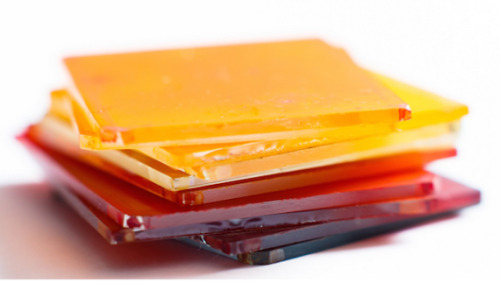
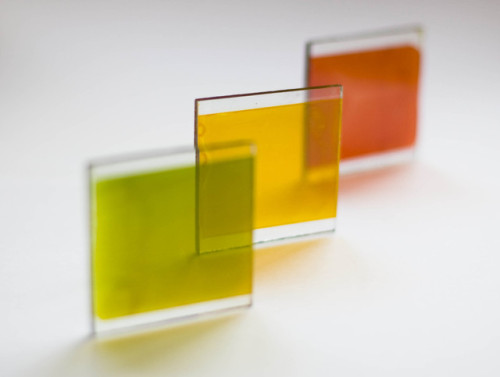
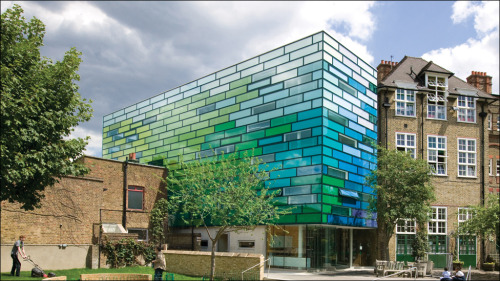
Just imagine a world full of beautiful stained glass windows which also generate electricity…
[Oxford Photovoltaics]




Is this heaven?


Cozy afternoon 🍁
ok but imagine peter not caring about his secret identity anymore and not making any effort to conceal it yet absolutely no one finds out he’s spiderman. peter wears the suit under his pants and a jacket but literally no one notices. he only gets a ‘cool shirt dude’ from a student he doesnt know. he does the iconic spiderman shooting-webs-from-his-hands pose in every single picture. no one says a word. he enters the classroom through the window. just as him, not spiderman. the classroom is on the second floor. no one cares.
-
 ser-f0rte reblogged this · 2 weeks ago
ser-f0rte reblogged this · 2 weeks ago -
 flowers-are-always-a-great-start reblogged this · 3 weeks ago
flowers-are-always-a-great-start reblogged this · 3 weeks ago -
 eternalhappiness reblogged this · 3 weeks ago
eternalhappiness reblogged this · 3 weeks ago -
 emptyliqourbottles reblogged this · 1 month ago
emptyliqourbottles reblogged this · 1 month ago -
 emptyliqourbottles liked this · 1 month ago
emptyliqourbottles liked this · 1 month ago -
 melted-gelat0 liked this · 2 months ago
melted-gelat0 liked this · 2 months ago -
 brxx1898 liked this · 2 months ago
brxx1898 liked this · 2 months ago -
 paoluhhh liked this · 2 months ago
paoluhhh liked this · 2 months ago -
 dawnofmoon liked this · 2 months ago
dawnofmoon liked this · 2 months ago -
 coquetteella liked this · 2 months ago
coquetteella liked this · 2 months ago -
 amouramoramore liked this · 2 months ago
amouramoramore liked this · 2 months ago -
 sound-artist reblogged this · 2 months ago
sound-artist reblogged this · 2 months ago -
 s-oulace reblogged this · 3 months ago
s-oulace reblogged this · 3 months ago -
 seafoamwhispers reblogged this · 3 months ago
seafoamwhispers reblogged this · 3 months ago -
 lovelylittlevvitch reblogged this · 3 months ago
lovelylittlevvitch reblogged this · 3 months ago -
 hisinfernalmajesty666 reblogged this · 3 months ago
hisinfernalmajesty666 reblogged this · 3 months ago -
 jules-van-hering reblogged this · 3 months ago
jules-van-hering reblogged this · 3 months ago -
 jules-van-hering liked this · 3 months ago
jules-van-hering liked this · 3 months ago -
 sparklehoard liked this · 3 months ago
sparklehoard liked this · 3 months ago -
 lottie-starling reblogged this · 3 months ago
lottie-starling reblogged this · 3 months ago -
 brb-lookingforthemoon reblogged this · 3 months ago
brb-lookingforthemoon reblogged this · 3 months ago -
 a7-27 liked this · 3 months ago
a7-27 liked this · 3 months ago -
 walkingproof reblogged this · 3 months ago
walkingproof reblogged this · 3 months ago -
 walkingproof liked this · 3 months ago
walkingproof liked this · 3 months ago -
 elotetrash reblogged this · 3 months ago
elotetrash reblogged this · 3 months ago -
 myownnwonderland reblogged this · 3 months ago
myownnwonderland reblogged this · 3 months ago -
 batwing27 liked this · 3 months ago
batwing27 liked this · 3 months ago -
 someheartsaretrue liked this · 3 months ago
someheartsaretrue liked this · 3 months ago -
 ghoulscout335 reblogged this · 3 months ago
ghoulscout335 reblogged this · 3 months ago -
 ghoulscout335 liked this · 3 months ago
ghoulscout335 liked this · 3 months ago -
 notagymguy reblogged this · 3 months ago
notagymguy reblogged this · 3 months ago -
 cloudyyyy6 liked this · 3 months ago
cloudyyyy6 liked this · 3 months ago -
 amiapsycho liked this · 3 months ago
amiapsycho liked this · 3 months ago -
 startingnow5 reblogged this · 3 months ago
startingnow5 reblogged this · 3 months ago -
 sadgyaltings liked this · 3 months ago
sadgyaltings liked this · 3 months ago -
 papasitodownunder reblogged this · 3 months ago
papasitodownunder reblogged this · 3 months ago -
 papasitodownunder liked this · 3 months ago
papasitodownunder liked this · 3 months ago -
 brianda812xo reblogged this · 3 months ago
brianda812xo reblogged this · 3 months ago -
 sweetbambilove reblogged this · 3 months ago
sweetbambilove reblogged this · 3 months ago -
 eddgrins reblogged this · 3 months ago
eddgrins reblogged this · 3 months ago -
 mi-arrepentimiento reblogged this · 3 months ago
mi-arrepentimiento reblogged this · 3 months ago -
 suxxxtosuck liked this · 3 months ago
suxxxtosuck liked this · 3 months ago